It was in the final moment of Sean “Diddy” Combs’ marathon federal trial when Elizabeth Williams found her eyes locked with the rap mogul for the first time. The career sketch artist had followed his movements in the courtroom, sometimes using binoculars to capture him. She was mirroring his expression of absolute shock that moment on July 2, when he learned he was being denied bail and sent back to one of New York’s most notorious lockups. The two sat there in the federal courtroom, flabbergasted, their gazes locked on each other.
Normally, Williams would start with the head. But this time, Combs’ eyes, and the pure shock they revealed, were first to the canvas.
“I saw this face,” she told The Hollywood Reporter, pointing to a sketch, from her tight midtown Manhattan studio space in what used to be an upstairs nail salon. “He was so shocked. I’ve drawn his face so much so it was easy to get it. He was relatively close to me. I couldn’t believe it. I don’t think he could either.”
She has been sketching since 1980, toggling between fashion illustration and criminal courtrooms. But as strange days have hit the worlds of news and couture, her subject matter has veered away from runway struts and toward the legal drama unfolding in federal and criminal courts.
Williams digs out stacks of sketches, showing her renderings of some of the most definitive legal moments of the past few decades. There’s Martha Stewart, surrounded by bodyguards (“All these older men that Martha wanted to be around”). There’s one from the Pizza Connection mafia case. A livid Stormy Daniels being cross-examined by Michael Avenatti, Ghislaine Maxwell leaning in with her attorney, Luigi Mangione’s sneakers and Donald Trump’s accordion hands all appear in the array of bold sketches of these cases most tense moments.
“My go-to materials? A brush pen with two sides. A big orange crayon, high-end, oil-based. A water brush,” she explains, then detailing the coastal stylistic divide of her craft. “I work with line, not pastel. That’s a West Coast thing. East Coasters do portraiture with pastels. I build structure from line. Line is truth.”

In this courtroom sketch, flanked by defense attorneys Teny Geragos, left, and Brian Steel, right, Sean “Diddy” Combs, center, reacts after he was denied bail on prostitution-related offenses on July 2 in Manhattan federal court in New York.
Elizabeth Williams/AP Images
But it wasn’t her memorable rendering of that shared moment of locked-eyed shock with Diddy that made the cover of the Daily News and NewDay. Williams sketched the moment that the mogul dropped to his knees to thank the Lord after he beat the bulk of the feds’ charges. She describes the scene surrounding the verdict as “drawing a person falling out of a window.”
For Williams, the work of a sketch artist is about transmitting the mood in the room in these moments. All of the drama should come through.
“I want people to see it like I saw it. I want them to get a sense of being there,” she says. In a sketch of Cassie Ventura walking past Combs after testifying — his former partner, turned “victim 1” and a key witness for the prosecution — Williams managed to convey the emotional rupture between the two.
“They were like ships in the night. Ten years of intimacy, and now they might as well be on different planets,” she said.

In this courtroom sketch, Combs reacts after he was convicted of prostitution-related offenses but acquitted of sex trafficking and racketeering charges that could have put him behind bars for life.
Elizabeth Williams/AP Images
Over the decades she’s been at it, the job of a sketch artist has shrunk and shifted along with the news media. Gone are the days of her mentors and first years cutting her teeth jetting around with fancy meals and expense accounts. Nowadays, she knows she has a day’s work ahead if the phone rings in the morning. She admits that it is slowly becoming increasingly untenable. She is now one of only a few sketch artists covering the courts nationwide — when cameras are barred from the courtroom, they provide out only visual clues to what’s unfolding.
“It doesn’t pay well. It doesn’t have regular hours. The news business has changed. We used to get flown all over — NBC, CBS, ABC had the budgets,” she said. “Now? It’s social media. Dilution.”
Nevertheless, Williams has the temperament of a seasoned pro who wouldn’t trade her front row seat to several of modern history’s key moments for anything. And she’s committed to documenting history in real time, one trial at a time.
“Individuals must be as pictured. You can’t make stuff up. That’s how I was taught,” she says. “I want people to see it like I saw it. I want them to get a sense of being there.”

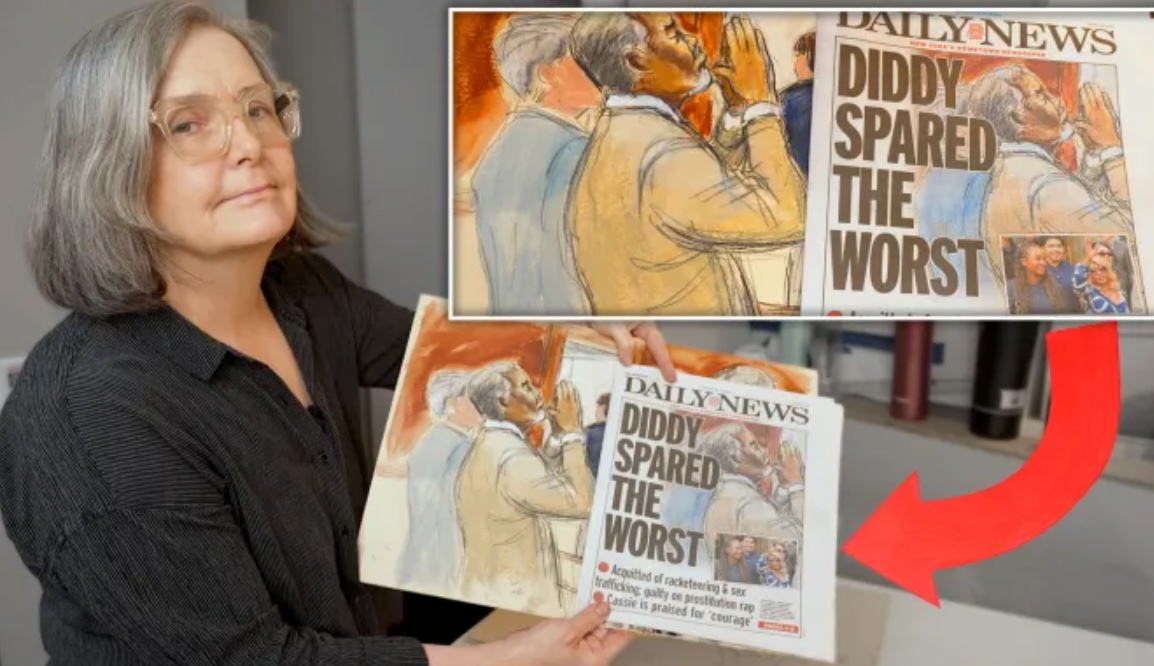

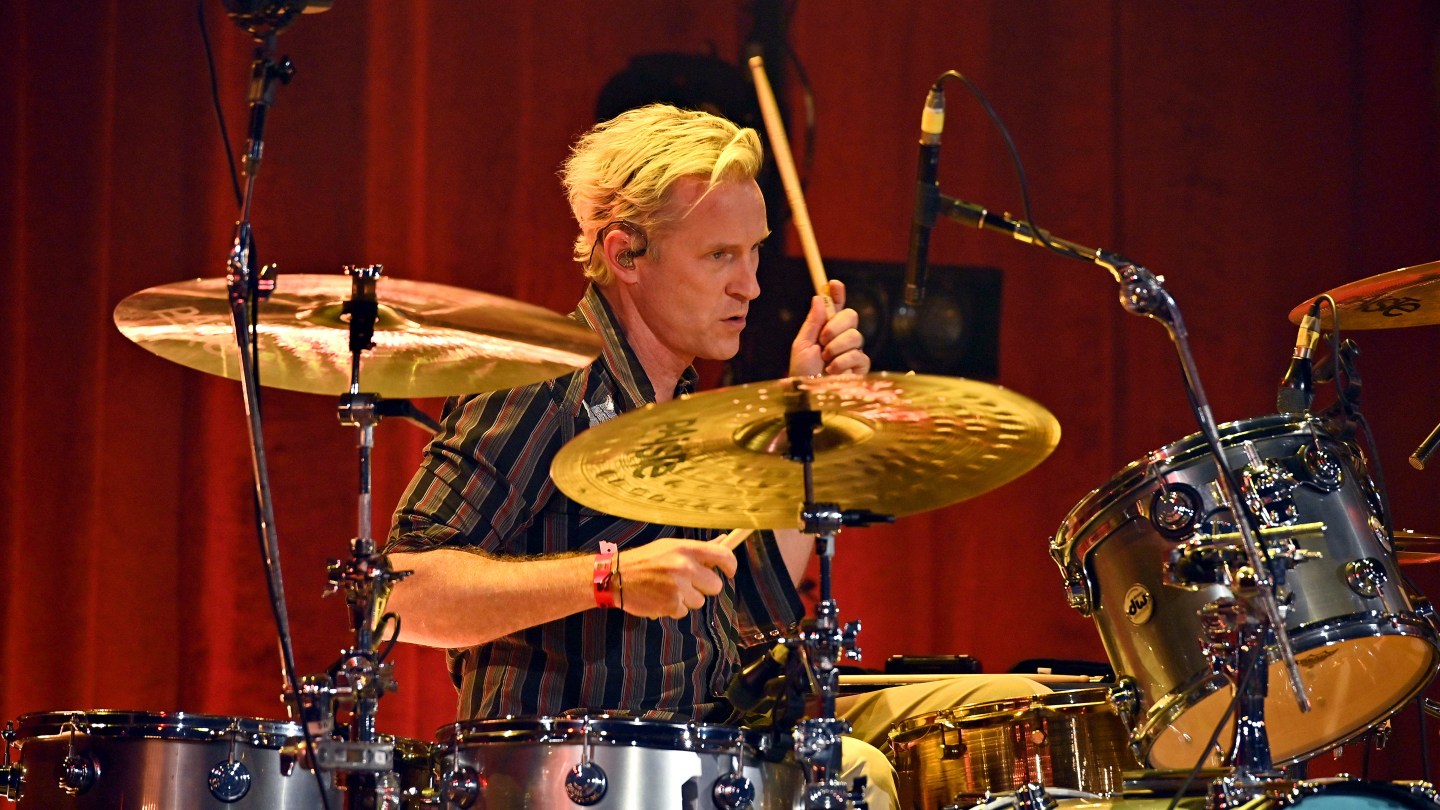


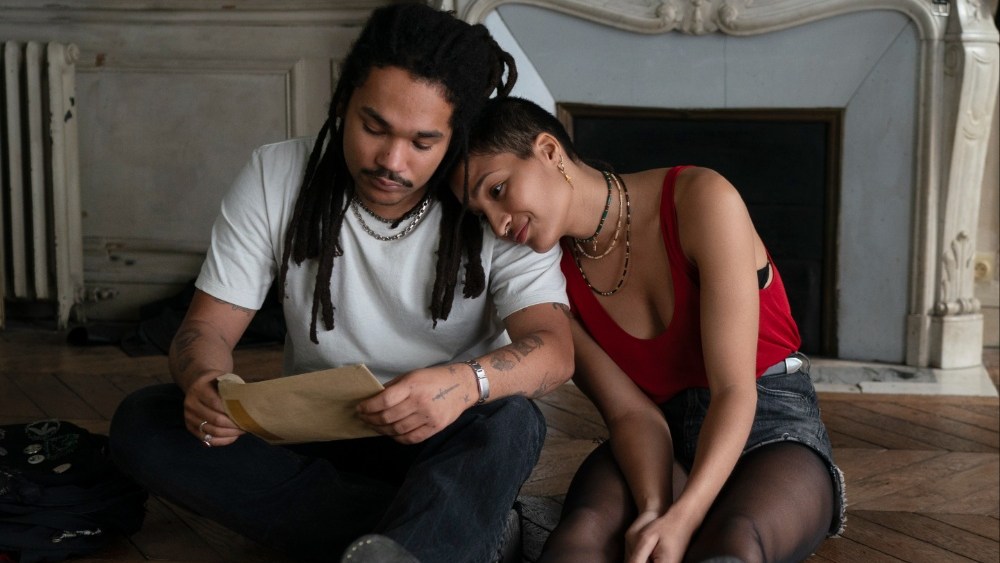
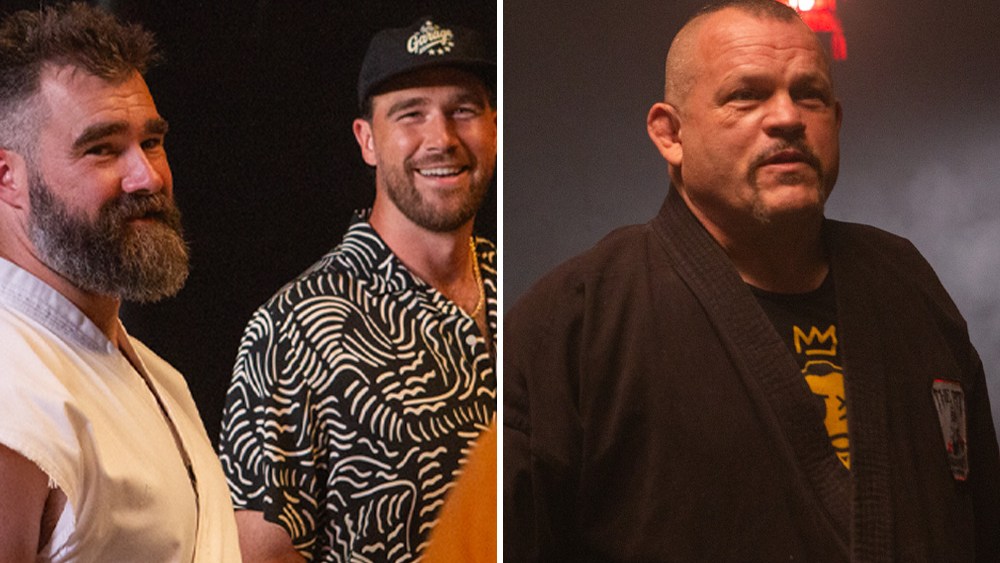


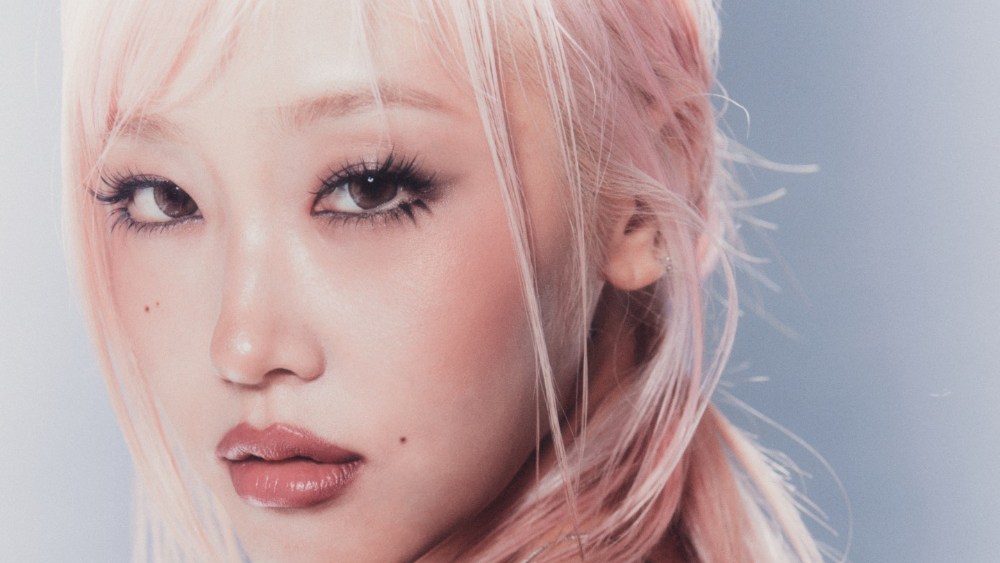
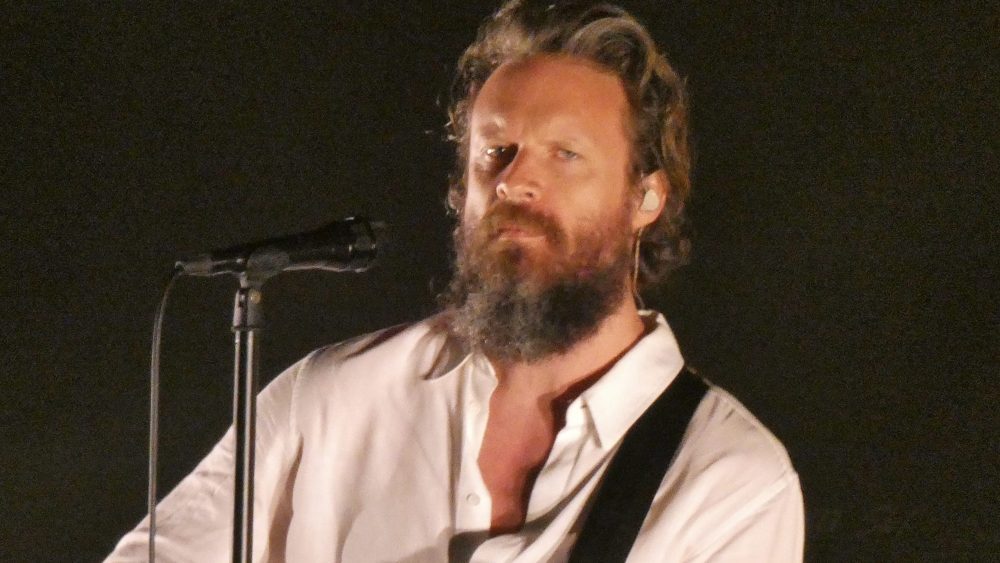


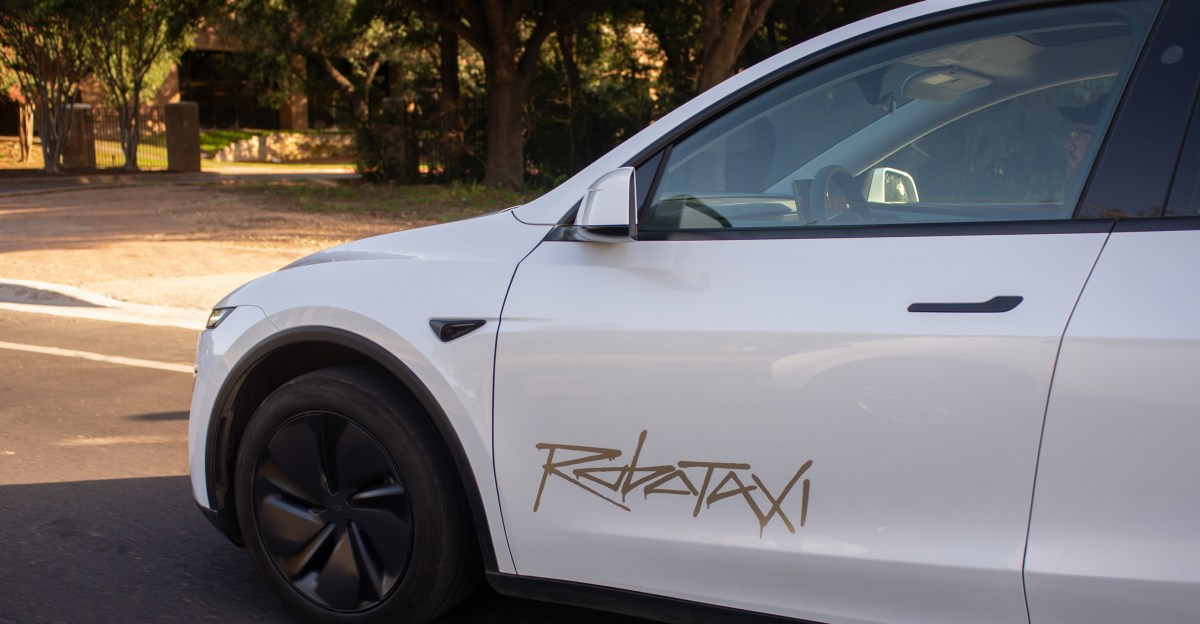
Leave a Reply